Head-To-Head: Google Nexus 4 Vs. Apple iPhone 5
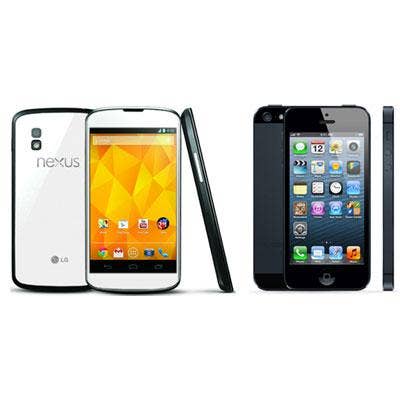
A Nexus Between Rivals
Google this week unveiled its latest Nexus device -- the Nexus 4 -- a smartphone in white made by LG that's somewhat akin to Samsung's Nexus S in that it's unladen with vendor-specific baubles that can drive developers batty.
Selling unlocked for GSM networks starting at $299, Nexus 4 specs are fairly impressive. How do they stack up against Apple's iPhone 5? The CRN Test Center takes a look.
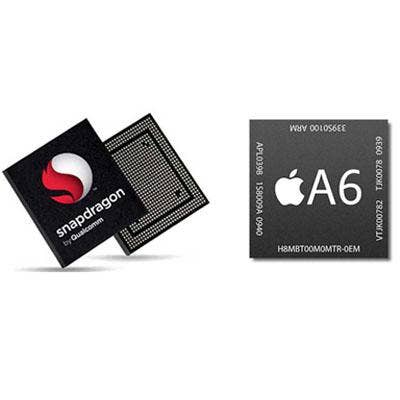
CPU, GPU And Memory
The Nexus 4 is built around a Snapdragon S4 Pro, one of the most powerful processors in Qualcomm's S4 line of mobile-device SoCs. The chip contains four ARMv7-based Krait processor cores supporting clock rates as high as 1.7GHz and has 2 GB of system memory to work with. Inside iPhone 5, of course, is Apple's all-new A6, an ARM A9-based quad-core SoC that runs at 1.3GHz. iPhone 5 packs 1 GB of system RAM.
For graphics, the Snapdragon S4 includes an Adreno 320, the successor to Qualcomm's Adreno 225 that it says delivers up to four times the performance and is optimized for HTML5 and 3-D software. The A6 packs a PowerVR that Apple says doubles application and graphics performance of the A5 in iPhone 4. Both can capture 1080p video and play back at full frame rates. Apple offers the iPhone 5 with 16, 32 or 64 GB of memory for app and data storage. The Nexus 4 comes with 8 GB or 16 GB. Neither device can be expanded.
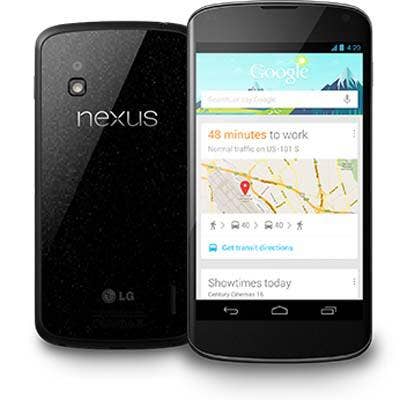
Dimensions
The Nexus 4 is not a big device by any means, particularly when standing next to a super-phone like Samsung's Galaxy S4. But against the diminutive iPhone 5, Nexus 4 is comparatively zaftig; it's nearly a half-inch longer, half-inch wider and full ounce heavier. To be exact, Nexus 4 is 5.3 inches long, 2.7 inches wide and 0.36 inches thick and tips the scales at 4.9 ounces. The iPhone 5 is 4.9 inches long, 2.3 inches wide and 0.30 inches thick and weighs 3.95 ounces.
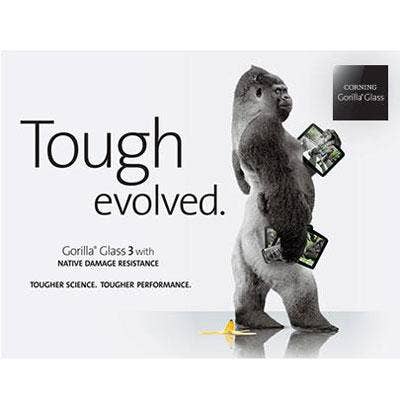
Display
The Nexus 4 has some serious chops, display-wise. Its 4.7-inch IPS panel faces the world with a native resolution of 1,280 x 786. That calculates to 320 pixels-per-inch. Apple's 4-inch Retina display, also an IPS, puts out 1,136 x 640, which equals 326 ppi. Both probably display more pixels than the human eye can discern, but Google's screen is bigger. It's also covered with Gorilla Glass 2, as opposed to the oleophobic (fingerprint-resistant) coating that protects Apple's glass.
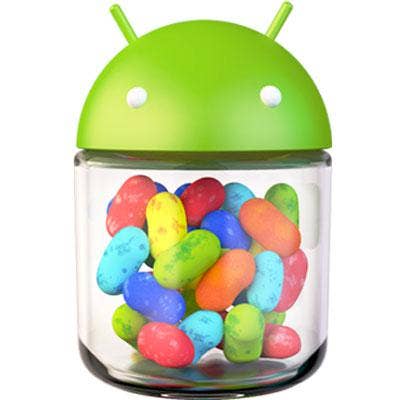
Comms And Such
Most notable about Nexus 4's communications capabilities compared with iPhone's is that it arrives unlocked. Just slide a GSM-compatible SIM card into the side-loading slot and you're up and running. Also unlike iPhone, Nexus 4 includes NFC and supports the Android Beam feature of Jelly Bean. Nexus 4 also runs Android 4.2 Jelly Bean delivers tons of features VARs will want to know about, including multiple user support, lock-screen widgets and a new keyboard with gesture input. Nexus 4 also becomes one of a small handful of devices without vendor-specific interface overlays, which makes it a good platform for app development.
Both devices include the usual complement of radios, including dual-band Wi-Fi and Bluetooth 4. Nexus 4 also supports wireless charging and SlimPort, which passes display signals through its microUSB connector for display on an external monitor. Released in 2012, SlimPort is also known as Mobility DisplayPort, or MyDP. Apple supports wired and wireless proprietary methods of displaying iPhone contents on external displays.
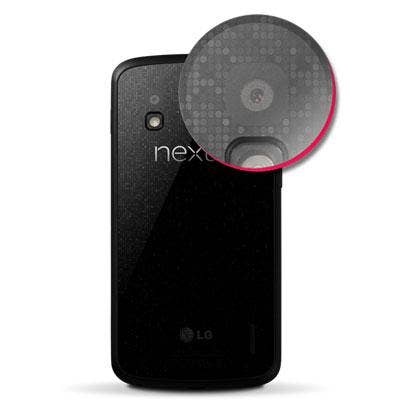
Cameras
Cameras are more or less a wash, megapixel-wise. Both main cameras collect 8 million pixels, and Google's front sensor gathers 1.3 MP to Apple's 1.2. The real magic comes in the way of software, and both companies offer lots of whiz-bangy features.
The iPhone 5's software supports panoramic pictures totaling 28MP in size. We're not sure of the pixel count, but Google's enhanced panorama mode -- called Photo Sphere (pictured) -- adds up-and-down dimensions to the normal left-and-right panoramic views. Google also launched a Photo Sphere development community and Photo Sphere website for contributing images from all over the world. We haven't tested the Nexus 4 camera ourselves, but Apple's dynamic smart filtering performs extremely well in low-light situations, and it has a sapphire crystal lens protector to help keep shots clear. Apple's camera software can shoot stills while also shooting video, and its 1080p front camera is HD capable.
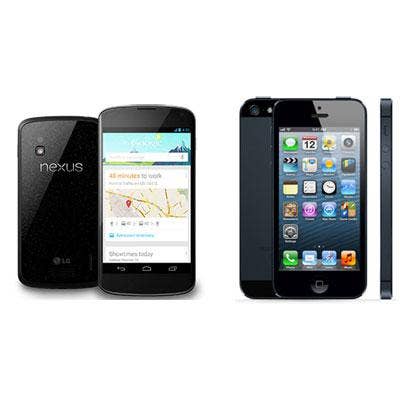
The Bottom Line
If avoiding a contract is a high priority, then an unlocked phone is a must. For $299 list, the Nexus 4 delivers the latest Android version unadorned with vendor-specific whistles and bells, yet it comes with many of the capabilities found on higher-end phones costing much more. Meanwhile, the iPhone 5 can be had most everywhere for around $199 with a two-year commitment and comes festooned with available apps and an accessory ecosystem like the world has never seen.